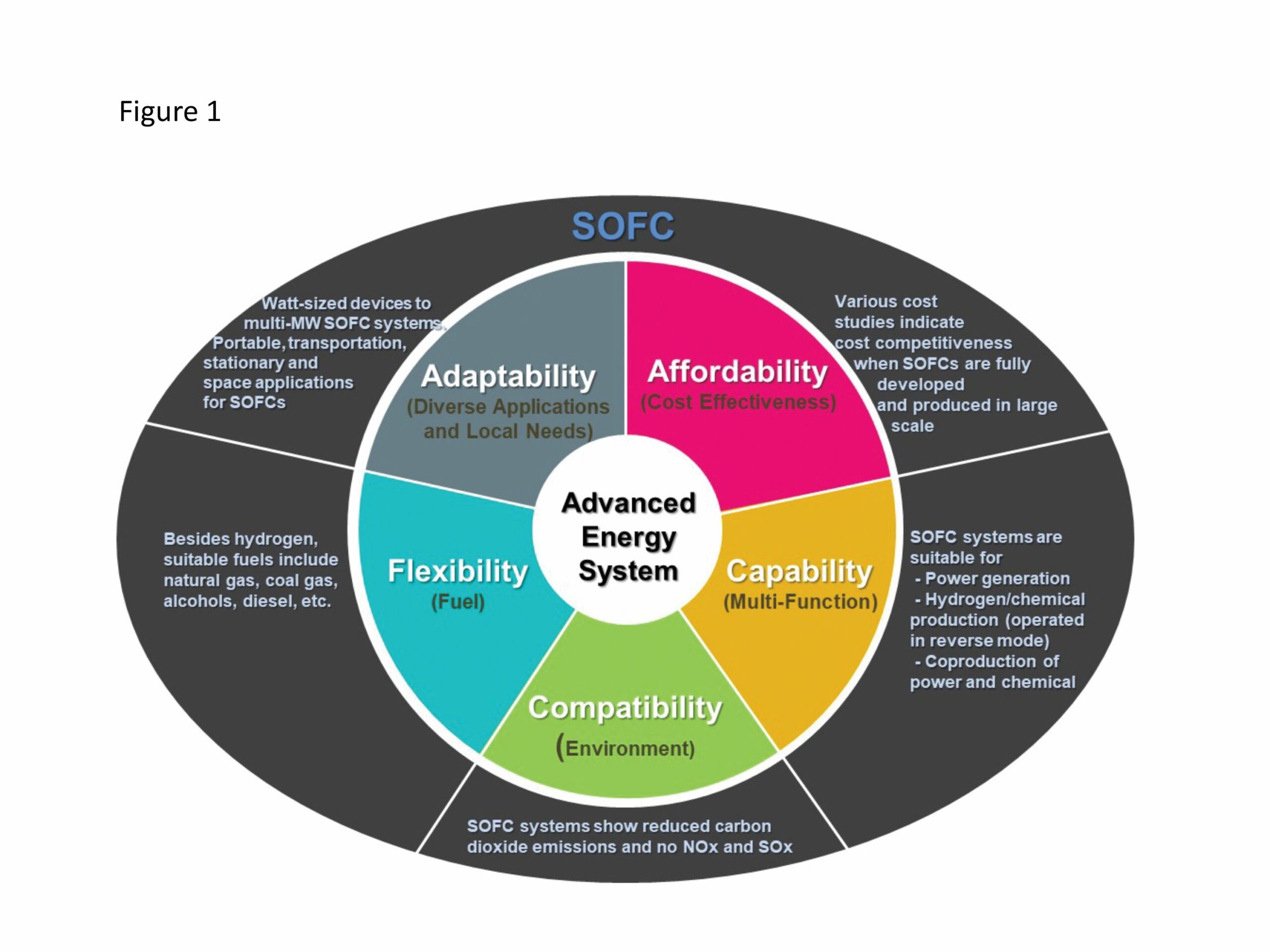Solid oxide fuel cell technology for the future
According to the U.S. Department of Energy’s Energy Information Administration (EIA), world energy consumption will increase to about 740 quadrillion Btu in 2040, rising 28% between 2015 and 2040.1
The EIA projects that increases in consumption will affect all energy sources—fossil (petroleum and other liquids, natural gas), renewables (solar, wind, hydro), and nuclear—except coal, which is estimated to remain flat. Although renewables are the world’s fastest growing form of energy, fossil fuels are expected to continue supplying most of the energy used worldwide. As use of fossil fuels increases, it is projected that world energy-related carbon dioxide emissions will grow from about 34 billion metric tons in 2015 to about 40 billion metric tons in 2040 (an average of 0.6%/year).1
